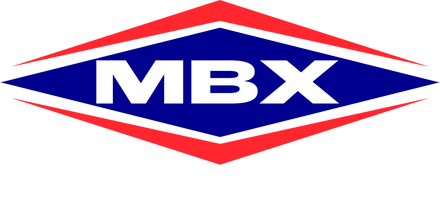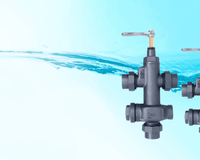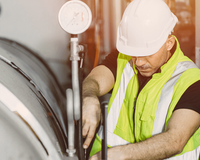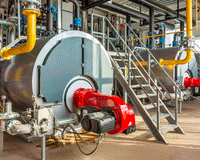Why automate boiler bottom discharge?
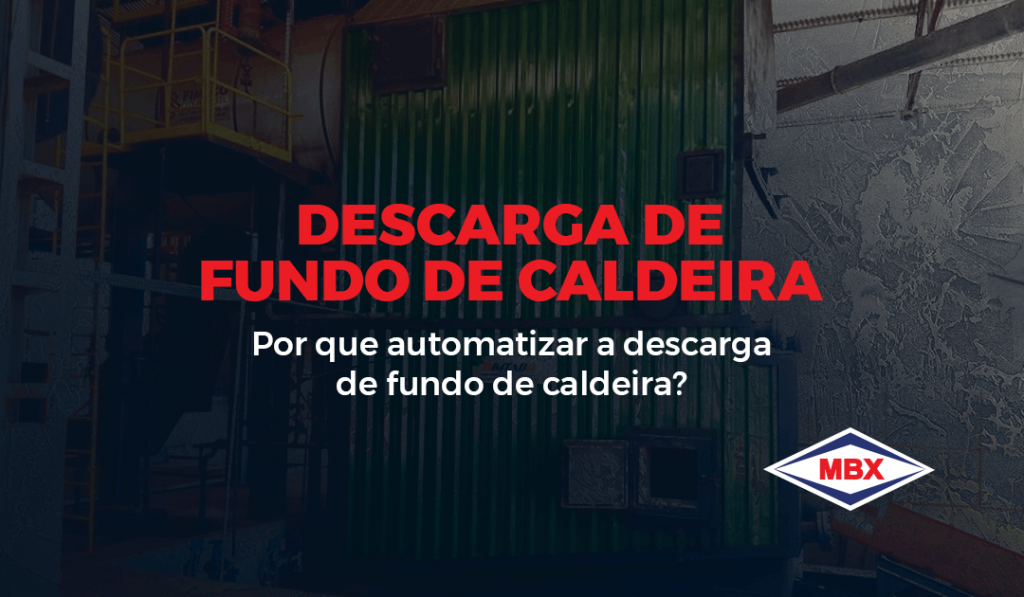
Boiler bottom discharge to remove impurities and sludge is a process of vital importance for the proper functioning and conservation of boilers, pressurized vessels and equipment of the same nature.
However, manual flushing is harmful and may not be done correctly or regularly. This can cause the boiler to lose efficiency and more serious problems may occur.
To avoid these problems, the automation of boiler bottom discharge has been gaining more and more followers in industries, mainly due to the benefits it can bring.
Learn the differences between manual and automated flushing and see if it is really worth investing in an automatic bottom flush valve.
Why have a boiler bottom blowdown valve?
In boilers, the process of vaporization and water replacement is continuous and involves the formation and concentration of many impurities.
To prevent these impurities from building up on the walls, chemicals that can modify the nature of the impurities are commonly added to the water. This addition results in particles that settle at the bottom of the boiler in the form of sludge.
However, the progressive accumulation of scale can cause thermal stresses capable of cracking the boiler walls or splitting the rivets. If this layer reaches the tubes, the stresses can be further aggravated by the consequent retention of heat, which can lead to the boiler collapsing.
To avoid these problems, it is recommended to periodically extract the sludge. To do this, you must use valves specially designed for use at the bottom of the boilers.
Bottom discharge valve: Manual or automatic valve?
There are two ways to drain the bottom of a boiler. One is manual and the other is automatic. But do you know which is the best option?
Initially, manual boiler bottom discharge valves are more attractive from an economic point of view, as they are comparatively cheaper than automated ones.
However, in manual models, the discharge must be carried out within a specific period of time and at a specific interval. In other words, manual bottom discharge becomes a repetitive operation (some boilers require opening every half hour) and consumes more energy. It is also more laborious and, at times, imprecise.
To avoid such problems, many industries choose to automate this process, which, despite having a higher cost, allows the industry to achieve many benefits.
By doing this, it will be possible to achieve significant energy savings, avoiding wasting treated hot water and also gaining precision and regularity in the timing of intervals and flushes.
With this type of automated valve, the person responsible for the boiler can work more calmly, knowing that the discharges occurred at the appropriate time and in the appropriate way, without causing problems in their equipment due to excess sludge.
Therefore, if your boiler does not yet have an automatic bottom discharge, or if it is experiencing leak problems due to the current type of discharge, it is worth investing a little more in safer and more efficient equipment.
Efficiency and greater effectiveness in boiler bottom discharge
There are several options in boiler bottom discharge valves that industries can adopt. However, if you want effectiveness and efficiency, it is worth knowing the MBX bottom discharge valves, such as the MBX-50A .
Due to their construction, the MBX discharge valves provide greater thrust, generating greater drag and removal of solid waste deposited at the bottom of the boiler.
These valves also have a significantly lower flow coefficient when compared to globe and ball valves, providing savings in water, chemicals, fuels and energy.
The MBX automatic bottom discharge valve has the following features:
- 300 lbs pressure;
- Temperature: 450ºC;
- High robustness;
- Allows greater thrust, generating greater mud drag.
Finally, this valve is actuated by dry, dust-free and oil-free compressed air at 6.0 bar pressure.
Want to know more? Then get to know automatic quick sludge discharge valve for boilers from MBX.
